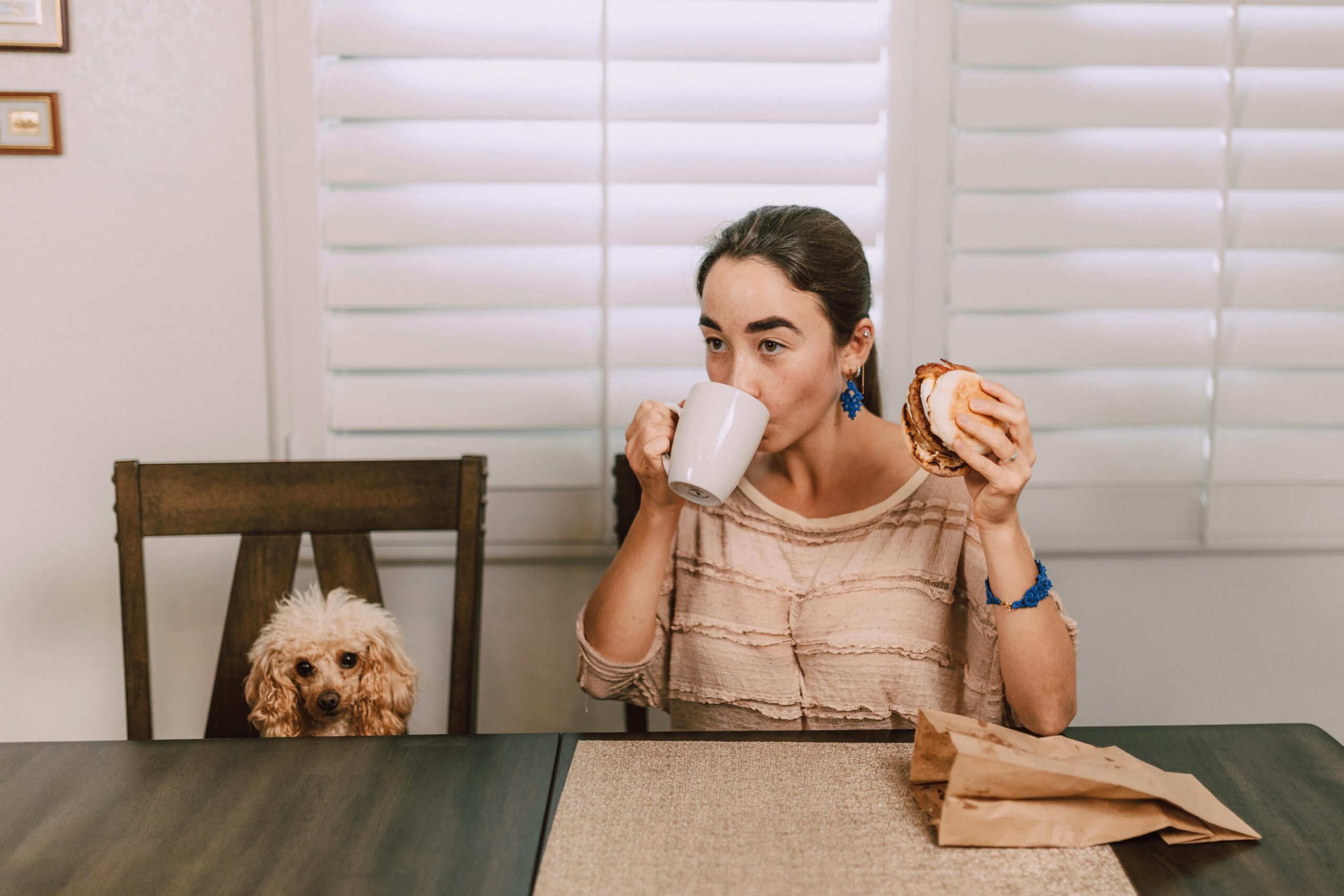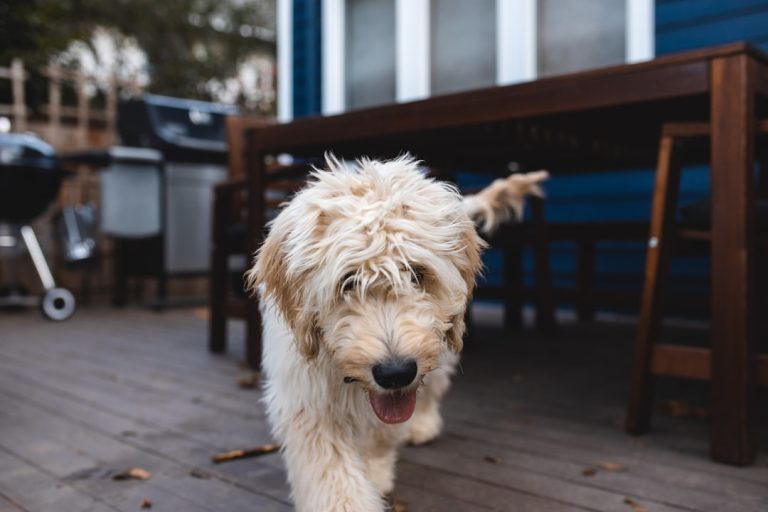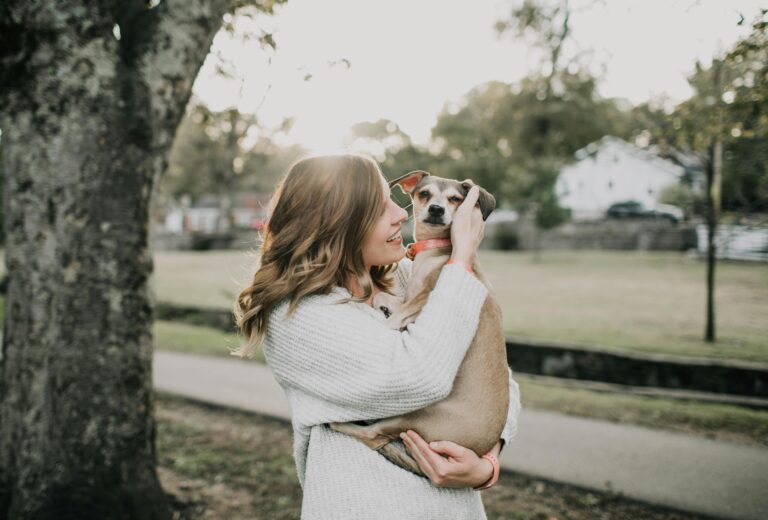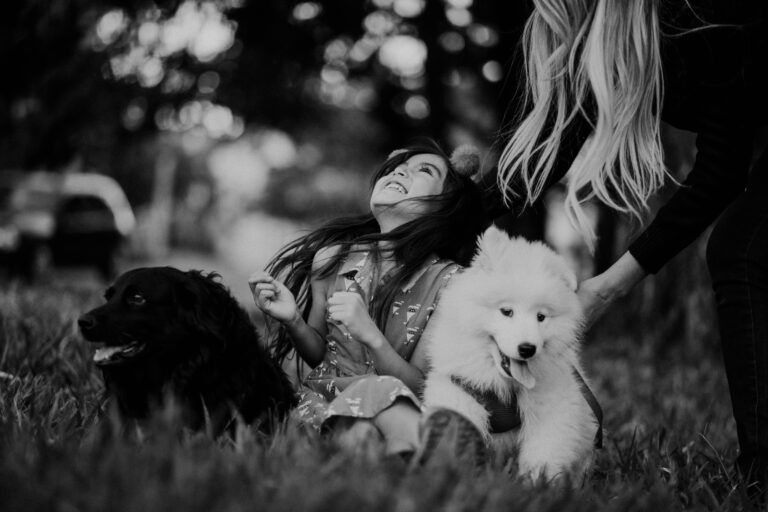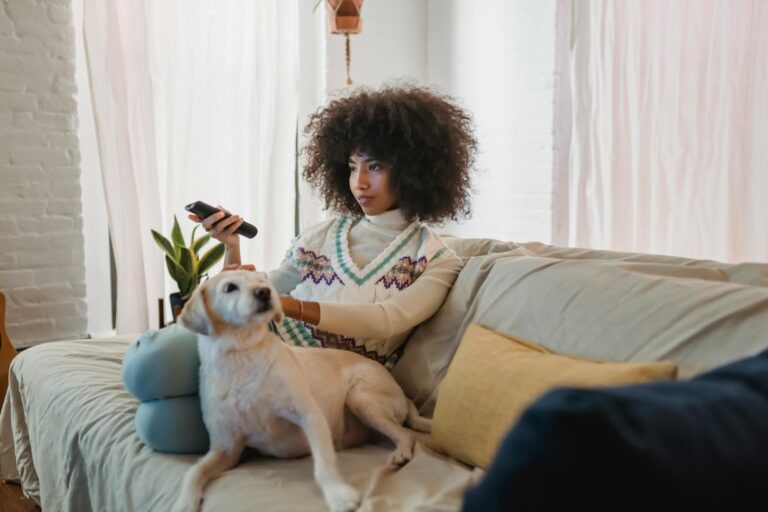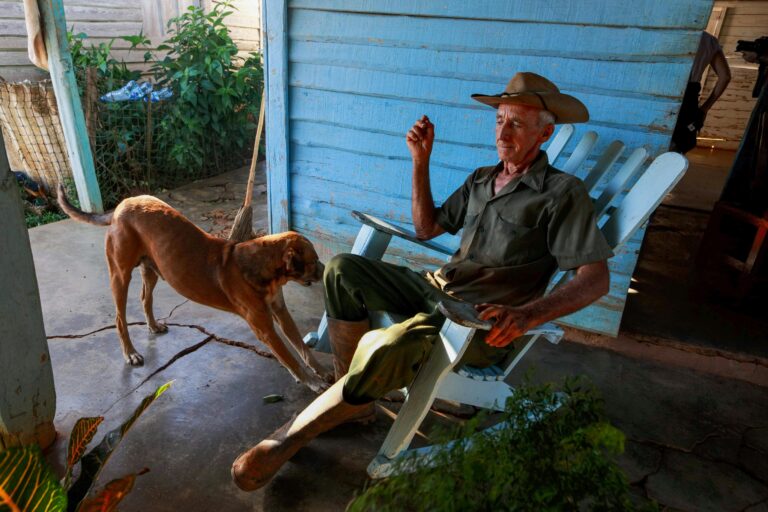Summer Foods That Are (and Aren’t) Safe for Dogs
Summer in Pittsburgh means more time outdoors, more grilling, and more shared moments with family and friends. As the picnic tables fill up and the grill gets going, it is only natural to want to share some of that delicious summer foods with your furry companion.
But not all human food is dog-safe. Some treats that are perfectly fine for people can pose serious health risks for dogs. Before you offer your pup a bite of your burger or a slice of watermelon, make sure you know what is safe and what could send you both to the emergency vet.
This guide breaks down common summer foods into dog-friendly options and those that should be avoided at all costs.
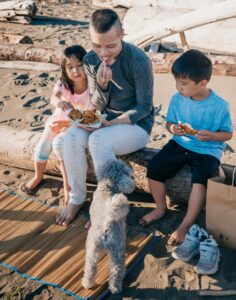
Safe Summer Foods for Dogs
Plenty of seasonal foods are both safe and beneficial for dogs when offered in moderation. Here are some healthy choices you can share with confidence.
- Watermelon (seedless and rind-free)
Watermelon is a hydrating, low-calorie treat packed with vitamins A, B6, and C. Always remove the seeds and rind, as they can cause digestive blockages. - Blueberries
These bite-sized antioxidants are excellent for your dog’s immune system and make a great training treat straight from the fridge. - Cucumbers
Crunchy and refreshing, cucumbers are great for dogs watching their weight and can help them cool down. - Carrots
Serve them raw or frozen for a cooling chew that also supports dental health. - Cooked, plain meats
Grilled chicken, turkey, or lean beef without any seasoning can be a safe protein source. Avoid spices, garlic, onions, and heavy marinades. - Green beans
Fresh or steamed green beans are fiber-rich and filling without packing on calories. - Apples (no seeds or core)
A few slices of apple can satisfy your dog’s sweet tooth and support digestion.
Pro Tip: Use these healthy snacks as part of your reward system during summer training sessions. Consistent use of real food rewards can enhance results, especially during programs like our Basic Obedience Training for Food-Motivated Dogs.
Dangerous Summer Foods for Dogs
Now let’s cover what to avoid. These common foods may appear harmless but can quickly become dangerous for dogs.
- Grapes and Raisins
Even small amounts can cause kidney failure. Never leave fruit salads or snack mixes unattended. - Corn on the Cob
While plain corn is safe, the cob is a choking hazard and can cause intestinal blockages. - Chocolate and desserts
Chocolate contains theobromine, which is toxic to dogs. Many desserts also contain xylitol, an artificial sweetener that can be deadly. - Onions and Garlic
These are toxic whether raw, cooked, or powdered, and can damage your dog’s red blood cells. - Alcohol and sugary drinks
Never give your dog beer, wine, or cocktails. Even small sips can lead to alcohol poisoning. Sugary sodas are also harmful. - Fatty foods and bones
Chicken wings, ribs, and greasy meats may cause pancreatitis or splinter and injure your dog’s digestive tract. - Salty snacks
Chips, pretzels, and salted meats can lead to sodium ion poisoning if consumed in large quantities.
For a full list of toxic foods and symptoms to watch for, the ASPCA’s Animal Poison Control Center is a reliable resource to bookmark.
What If My Dog Eats Something Unsafe?
If you suspect your dog has consumed something dangerous, do not wait for symptoms to appear. Call your vet or an emergency animal clinic immediately. Early intervention can make all the difference.
Keep these numbers handy:
- Local emergency vet clinic
- ASPCA Animal Poison Control: 888-426-4435 (24/7 helpline)
Symptoms of food poisoning may include vomiting, diarrhea, lethargy, drooling, seizures, or collapse. React quickly if you notice any of these signs.
Training Opportunities Around Food Distractions
Barbecues and outdoor events are filled with tempting food scents and unattended plates. If your dog tends to snatch food from the ground or beg from guests, it is a good time to brush up on training.
Teaching your dog impulse control around food is an essential part of polite behavior. Our guide on teaching your dog to ignore food on the ground can help you reduce stress and improve safety during summer events.
Incorporating food distraction drills into your regular training routine also reinforces your role as the leader and sets boundaries your dog can understand.
Keep it Safe and Fun
Including your dog in your summer activities is one of the best parts of the season, but safety should always come first. Stick to dog-approved treats, monitor portion sizes, and avoid sharing anything you’re unsure about.
If you’re interested in building better food manners or improving your dog’s behavior in social settings, our Basic Obedience Training for Reactive Dogs program is customized for dogs who struggle with boundaries, distractions, or overexcitement.
Final Thoughts
Summer is meant to be fun for the whole family, including your dog. By knowing what foods are safe, what to avoid, and how to reinforce boundaries, you can prevent emergencies and set your dog up for success during outdoor festivities.
Ready to take your dog’s obedience and food manners to the next level? Contact us today to get started with a customized training plan.
Social Media Teaser:
Hot dogs are great, but not all summer foods are safe for your pup. Check out this dog-approved guide to cookout treats, toxic foods, and training tips.

